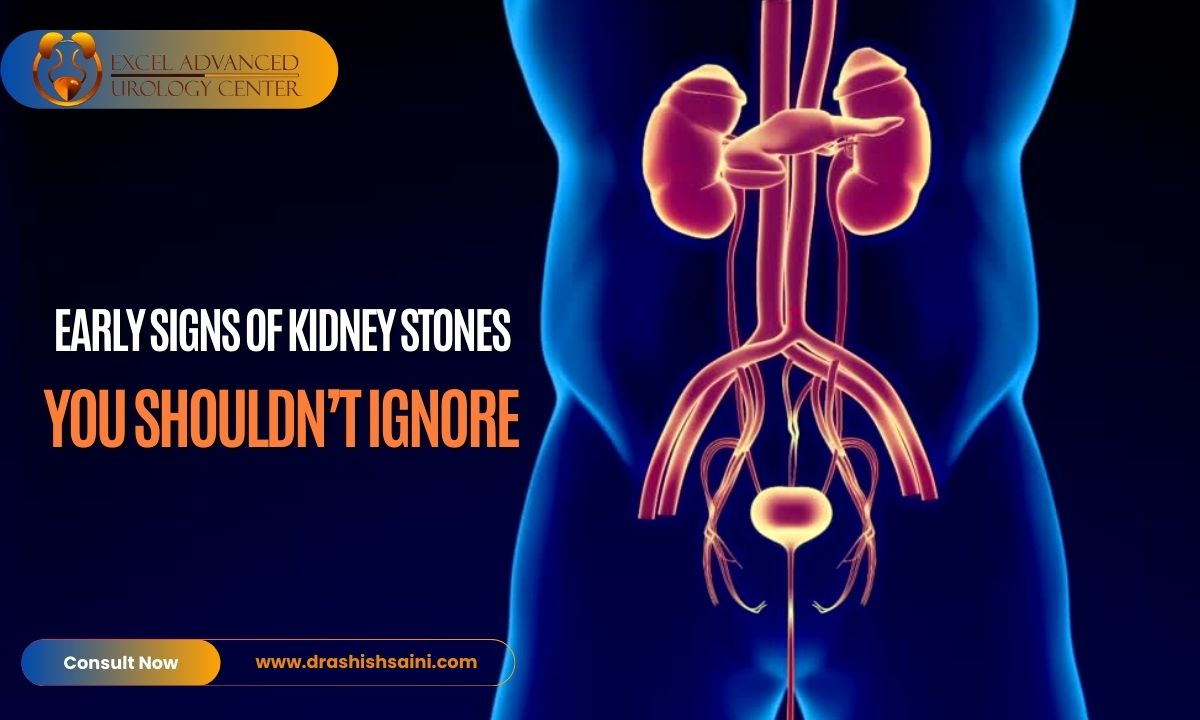

Females only don't seem to suffer health-related issues like mensuration, cervical cancer, uterus cancer, and many more health problems approximately 60% of males suffer many health issues they intimated while sharing about their sexual issues we should also remember that each child develops at a different speed and in many different ways. So in this blog, we are going to discuss in detail phimosis symptoms, causes, Tight Foreskin that leads to a tight foreskin and much more.
What is Phimosis?
Phimosis could be a condition during which the foreskin can’t be pulled back from the tip of the penis. a decent prepuce is common in baby boys who have an uncircumcised penis, it should appear as if your penis has rings around the tip but it always stops being an issue by the age of three. it can occur naturally or be the result of Traumatize. Young boys might not need treatment for this unless it makes urination difficult or causes other symptoms and factors.
As these boys get older, the necessity for treatment may arise. There are two categories: physiologic and pathologic. The physiologic type is related to childhood and typically resolves as you age. The pathologic type is related to a condition called Balanitis Xerotica Obliterans (BXO). In young children, it's normal to not be ready to retract the least bit.
Over 90% of cases resolve by the age of seven because the tight prepuce is normal in an uncircumcised penis although full retraction continues to be prevented by preputial adhesions in over half at this age. Occasionally, it could also be caused by an underlying condition like Traumatize due to balanitis or balanitis xerotica obliterans. this could typically be diagnosed by seeing scarring of the opening of the prepuce.
What are the Signs and Symptoms of Phimosis?
It doesn't always result in signs and symptoms. When it does, however, these may include redness, soreness, or swelling. A tight prepuce with an uncircumcised penis may interfere with the conventional passage of urine and cause pain. In severe cases, this will prevent the person from emptying their bladder fully. it can result in inflammation of the penis, called balanitis, or inflammation of both the glans and also the prepuce called balanoposthitis. these conditions are caused by poor hygiene.
Symptoms of balanitis include:
- Soreness, itchiness, and odor
- Redness and swelling
- Thickness of fluid
- Pain when urinating
- During sex, it may cause pain, skin splitting, or a scarcity of sensation.

What Phimosis Causes?
If you and your child have pathologic there are various reasons it might develop including -:
- Poor hygiene:- This might be a reason for this. it would be irritating and painful to undertake to scrub thoroughly, but not maintaining hygiene may lead to infection.
- Preputial adhesions, or connective tissue, keep the prepuce attached to the tip of your penis.
- Injuries.
- Fungal Infections,
- Sexually transmitted infections (STIs).
Tight Foreskin
The prepuce is the thin layer of skin that covers the end of the penis if a child has a tight prepuce it will be difficult to retract from the end of the penis A tight prepuce is normal in young boys most of the time boys' prepuce does not retract before the age of 5 but it is not possible till the age 10. A tight prepuce is not a common problem unless the body shows these symptoms -
Phimosis Symptoms of the Tight Foreskin
- Swelling
- Pain while urinating
- Blood in urine
- UTI [ Urinary tract infection]
- Thick discharge
- Painful erection
Phimosis Treatment for the Tight Prepuce
The prepuce of babies and young boys will usually start to loosen as they get older, so treatment is not needed for phimosis. If your or your child's prepuce is causing problems, treatments include:
- Steroid creams or gels to help soften the prepuce.
- Antibiotics if the prepuce or head of the penis is infected
- Surgery – removal of the prepuce (circumcision) or a procedure where small cuts are made in the tip of the prepuce so it can be pulled back more easily (usually only suitable for children)
Complications of a Tight Prepuce
Sometimes if the Prepuce is very tight it can get stuck and cannot go back to its original position covering the end of the penis. The end of the penis can become swollen and painful. This is called paraphimosis and it's a medical emergency. Immediate treatment is needed to avoid serious complications like restricted blood flow to the penis. A doctor may be able to return the prepuce to its original position. Sometimes surgery to remove the foreskin (circumcision) may be recommended.
Phimosis versus Paramose
A condition called paramour may also result when the foreskin is retracted, but can’t be moved into its normal position. this might require emergency medical attention. One complication of paramos may be a reduction in blood flow to the top of the penis. The treatment options for paraphimosis are just like those for this. Lubricating the glans and therefore the prepuce may help slide the skin and keep a copy. Before trying this at-home treatment, you must discuss it with a doctor. Have the doctor recommend brands and kinds of ointments or lotions that are safe. If the paramos continue for several hours, color changes occur, or there's pain, you wish to induce a medical evaluation
How can we Diagnose Phimosis?
A doctor will take a full history from the person, asking about any previous penis infection or injuries they could have had. they will also enquire about the effect of any symptoms on their intercourse. A physical examination will include them gazing at the penis and foreskin. The doctor may order urine tests to test for urine infections or take a swab from the foreskin or uncircumcised penis area to test for bacteria or any reasonable mycosis. it could be a risk factor for type 2 diabetes. Adults presenting with a decent prepuce are also given blood and urine tests to test their glucose levels, as a result.
How does phimosis gets treated?
A physical exam and a history of your son’s symptoms are common enough to diagnose an underlying condition, like balanitis. Treating balanitis or another sort of infection usually starts with a root of the prepuce to be studied during a lab. A bacterial infection needs antibiotics, while a fungal infection may require antifungal ointments. If there's no infection or other disease-causing phimosis, and it appears that the tight prepuce is solely a present development, there are also several treatment options available. looking at the severity of the condition, daily gentle retraction is also enough to treat the matter.
A topical steroid ointment is accustomed to help soften the prepuce and make retraction easier. The ointment is massaged into the realm around the glans and prepuce twice every day for several weeks.
[elementor-template id="1311"]
Outlook
If daily retraction is enough to loosen the prepuce then pulling it back gently when bathing or urinating should be enough to stay the penis from any hygiene-related complications. it is a significant and painful condition. However, it’s treatable, and outcomes are usually superb. The secret is to hunt medical attention when symptoms become traumatic.
FAQ's on phimosis symptoms
1. Why do adults get phimosis?
2. Can a tight foreskin affect penis size?
3. Does uncircumcised affect fertility?
4. Can phimosis cause Erectile Dysfunction?
5. What causes loose foreskin?
b. Poor hygiene
c. Previous prepuce injury
6. Is phimosis dangerous?
Phimosis itself is not always dangerous, but if left untreated, it can lead to complications like pain, difficulty urinating, infections, or paraphimosis (a medical emergency where the foreskin gets stuck behind the glans). If you experience discomfort, swelling, or recurring infections, consult a doctor for proper evaluation and treatment options.






